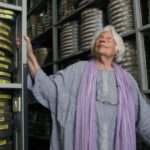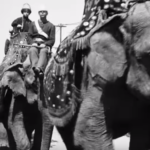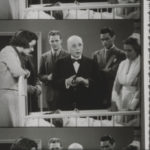International Short Film Festival Oberhausen
29 April – May 4, 2010
Oberhausen, Germany
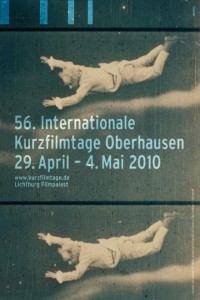
Of about 6,000 films submitted each year, the event presents some 500 to visitors, who include about 1,100 industry professionals.
The event has an impressive history. Over the years, Roman Polanski, George Lucas, Australian director Cate Shortland, and Swiss experimentalist Pipilotti Rist have presented their first films there.
The festival also boasts a rich history of provocation in German film. In 1962, for example, 26 young German filmmakers – the Oberhausen Group – issued the Oberhausener Manifest in which, with the rally cry “Papas Kino ist tot” (Papa’s cinema is dead), they called for a new era in German cinema, which the New German Cinema, later that decade, decidedly provided through the likes of Rainer Werner Fassbinder, Werner Herzog, Alexander Kluge, Volker Schlöndorff, Margarethe von Trotta, Jans-Jürgen Syberberg, and Wim Wenders.
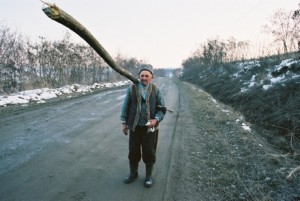
The venerable festival, in this its 56th year, boasts Germany’s largest-ever program of early films in a series titled From the Deep: The Great Experiment 1898-1918. Curated by Mariann Lewinsky, a film restorer, curator of festivals and exhibitions, and academic in Zurich, and Eric de Kuyper, an experimental film director and writer, the showcase invites audiences to consider how early cinema retains the ability to provoke ideas about film production and presentation. As a curators’ statement put it: “Early cinema developed participatory and hybrid forms of presentation that seem eerily modern. With no access restrictions at all in its first years, cinema up to 1910 was a public space shared by all age groups and classes, and created the first worldwide web: for the first time in history, people in far-flung regions of the world were able to watch identical shows.”
“We want to invite audiences to rediscover a lost cinema continent: the immense freedom of early films, their undreamt-of variety, ingeniousness and joy of experimentation,” say curators Lewinsky and de Kuyper.
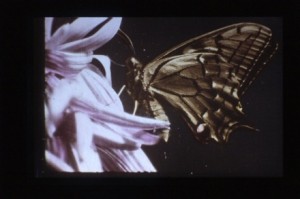
Presenting innovative shorts from the earliest era of film production, the silent-movie stream of the festival features more than 100 works, plus discussions and other related events. Festival director Lars Henrik Gass sums it up: “These are productions from an age when all films were short films, when movie theatres were the first public space shared by all age groups and classes, the first worldwide web in a way. For the first time in history, people in far flung regions of the world were able to watch the same shows.”
Also among offerings at the festival are showcases of the New York No Wave movement of the 1970s and 1980s, Indian experimental filmmaker Amit Dutta, Swedish-American avant-garde film pioneer Gunvor Nelson, and American artist and filmmaker Fred Worden.
The No Wave selection includes Super 8 and video works by Vivienne Dick, Beth & Scott B, and John Lurie.
Programmed films by renowned experimentalist Amit Dutta (1977-), a graduate of the Film and Television Institute of India, feature Indian mythology and a personal symbolism. His Kramasha won the FIPRESCI Award at the Oberhauser festival in 2007.

The American avant-garde ironist, Fred Worden, Fred Worden, has made more than two dozen films since the early 1970s, first on 16mm, and then on DV. His minimalist work, including Throbs, 1972, and When Worlds Collude, 2008, experiments with the slowness of human perception.
Previous Post: National Museum of the American Indian seeks interns
Next Post: Film Representations of Indigenous Peoples


